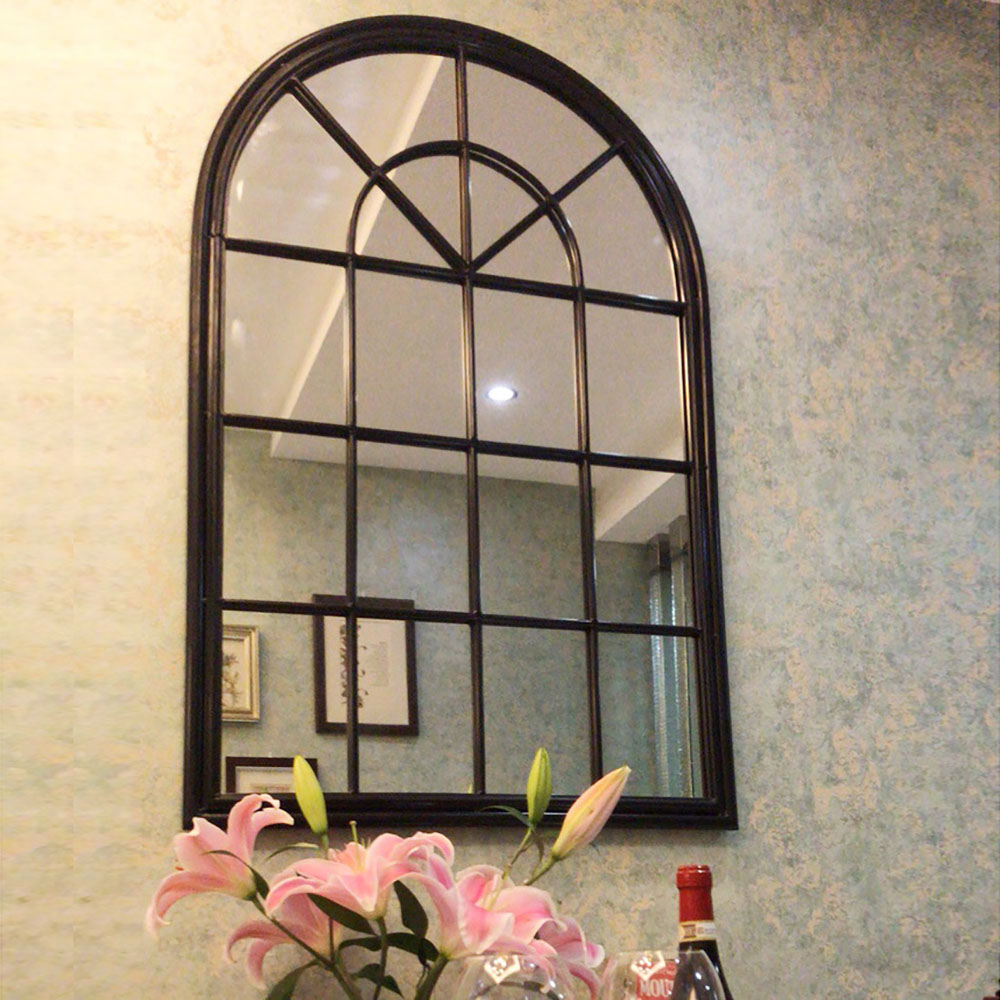1.Lining board. In order to increase the stability of the mirror and reduce damage to the wall, it is necessary to lay a lining between the mirror and the wall. The lining can be made of plywood, with a thickness of approximately 5 millimeters. The lining can be fixed to the wall and attached to the wall ribs with small nails. Alternatively, a 3mm thick sponge block can be used as the gasket material, in which case the latex can be used for bonding.

2.Drill holes. The nail method requires the use of screws to hang the mirror on the wall. Therefore, it is necessary to use a glass drill to drill holes behind the mirror. The position of the opening should be consistent with the fixed position of the wall screws, otherwise it cannot be installed. Además, when opening the hole on the back of the mirror, attention should be paid to the position of the hole
The placement should be evenly distributed and not too close to the edge, otherwise mirror cracks may occur. At the same time, a handgun must be used to drill holes in the wall and insert the expanded plastic tube into the hole.
3.Fix the mirror surface. Mirror installation requires screws. After the mirror holes correspond to the expansion plastic pipes on the wall, they are fixed with screws. To ensure appearance, decorative covers must be installed at the mirror holes to conceal screws and holes.
4.Sealant. After registering the mirror surface, in order to enhance stability and ensure safety, it is also necessary to use sealant to seal the edges around the mirror surface. Apply joint sealant evenly around the side seam. It is important to avoid water contact before the glue dries.
 Espejo DaXiLi
Espejo DaXiLi
